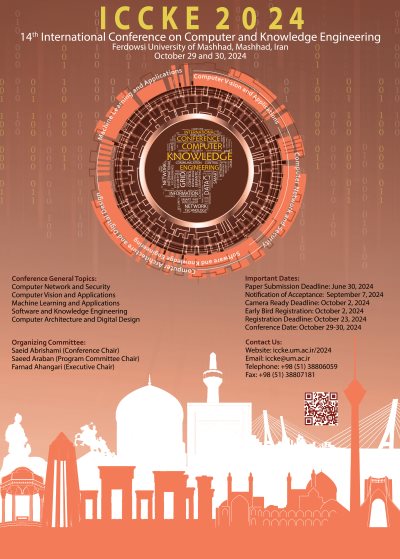0% Complete

Authors :
Keywords :
Abstract :
List of archived papers
Keyvan Asefpour Vakilian
Farangis Sajadi moghadam - Saeid Rashidi
Mohaddese Nemati - Shiva Mahmoudzadeh - Mehdi Teimouri
Amir reza Kalantarnezhad - Javad Hamidzadeh
Parnian Rahimi - Marjan Naderan - Amir Jamshidnezhad - Shahram Rafie
Theophilus Ebuka Odoh - Aliyu Sabo - Hossien Shahinzadeh - Noor Izzri Abdul Wahab - Farshad Ebrahimi
Avisa Fallah - Ali Keramati - Mohammad Ali Nazari - Fatemeh Sadat Mirfazeli
Mohammad Dehghani - Behrouz Bokharaeian - Zahra Yazdanparast
Behnaz Sadeghigol - Mohammad Ali Keyvanrad
Majid Nezarat - Masoomeh Momeni



